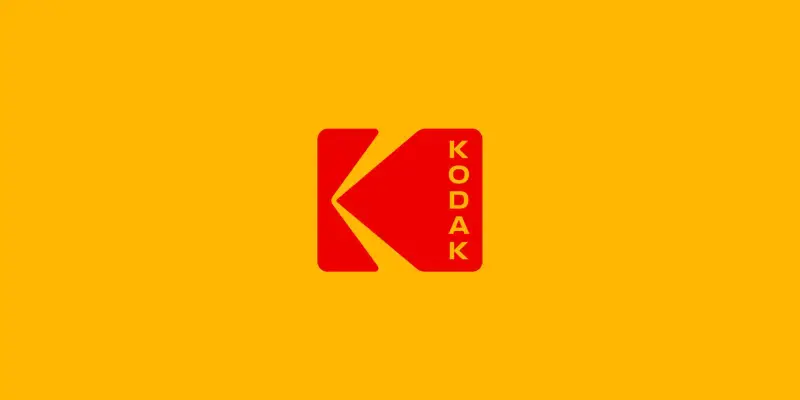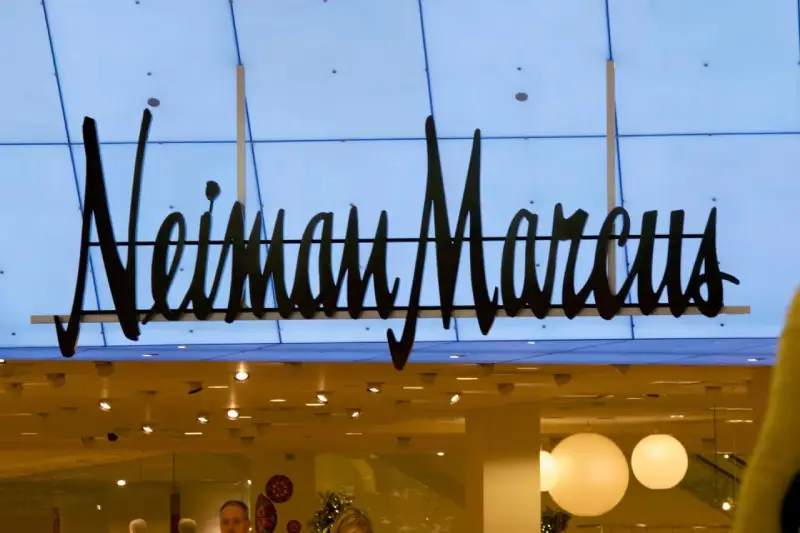MD: The most noteworthy business bankruptcies have shocked the corporate world and disrupted markets. These failures changed the global outlook on operating a business.
Some of the most noteworthy business bankruptcies over the years have become cautionary tales, refining business strategies that impact the global economy. Statistically, in the United States, 18926 businesses filed for bankruptcy in 2023 – highlighting the formidable economic milieu companies face.
Some factors that cause business insolvency include high interest rates, economic inflation, supply chain interruptions, and shifting consumer preferences. Note that even high-profile companies face these issues, leading to their downfall.
We will discuss the most notable company bankruptcies that caught global attention. We will also offer valuable insights into what led to the insolvencies, ensuring other organizations make more suitable decisions.
Noteworthy Business Downfalls In History
Business downfalls occur due to unstable market conditions, financial misconduct, etc. Below are renowned companies that made headlines when they collapsed:
Lehman Brothers (2008)
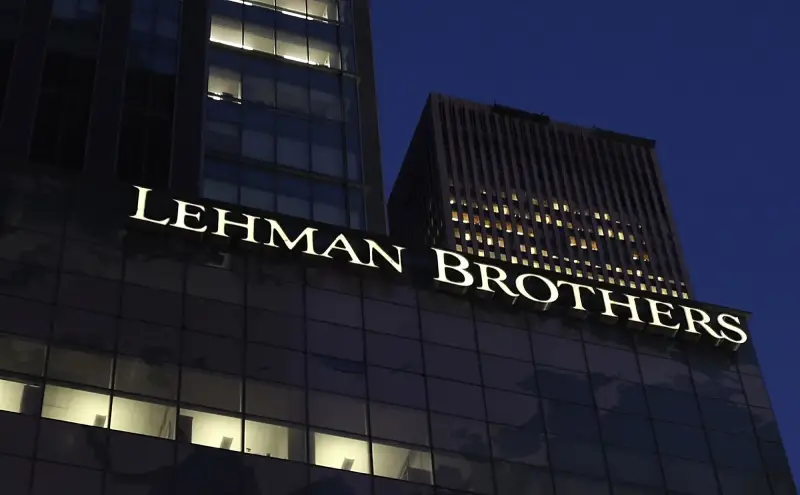
Lehman Brothers was a company that offered universal financial services since the 1850s. Its robust strategies in risk mitigation, investment banking, and trading made it a cult favorite among financial gurus globally. The collapse is one of the most shocking corporate downfall stories globally.
The company’s downfall was initiated by its loaning service – the infamous subprime mortgage-backed securities, which was risky because it was linked to the U.S. housing market. When the Great Recession happened, Lehman encountered high losses because it could not secure an investor for a bailout, prompting it to file for insolvency in 2008.
The fall of the Lehman brothers spurred the 2008 global financial crisis because it caused losses of billions of dollars, hampering loan access. Countries panicked over the dip in the international financial market, pushing governments to intervene to cushion their economies.
The downfall of the Lehman Brothers underscored the risks associated with investing in speculative investments like mortgage-backed securities and high leverage in fluctuating economic seasons. Additionally, it unmasked the dangers of poor regulatory laws in international monetary systems.
Enron (2001)

Enron was an American energy firm headquartered in Houston, Texas. At its prime, it dominated the global energy market with commodities like electricity and natural gas. With proclaimed revenues of nearly $101 billion during 2000, Enron was a prominent natural gas, electricity, communications, & Pulp and Paper Corporation named “America’s Most Innovative Company” for six consecutive years by “Fortune.”
Enron’s Chief Executive Officer, Jeffrey Skilling, was involved in accounting & conspiracy fraud. Jeffery forged financial documents to shield the company’s debt crisis. This scheme was uncovered in 2001, when Eron’s stock had plunged to less than $1, making it worthless.
Investors and employees lost billions of dollars in investments, pensions, and jobs. Additionally, Arthur Andersen, an auditing firm with ties to Enron, shut down after audits showed its affiliation with the fraud ploy.
General Motors (2009)
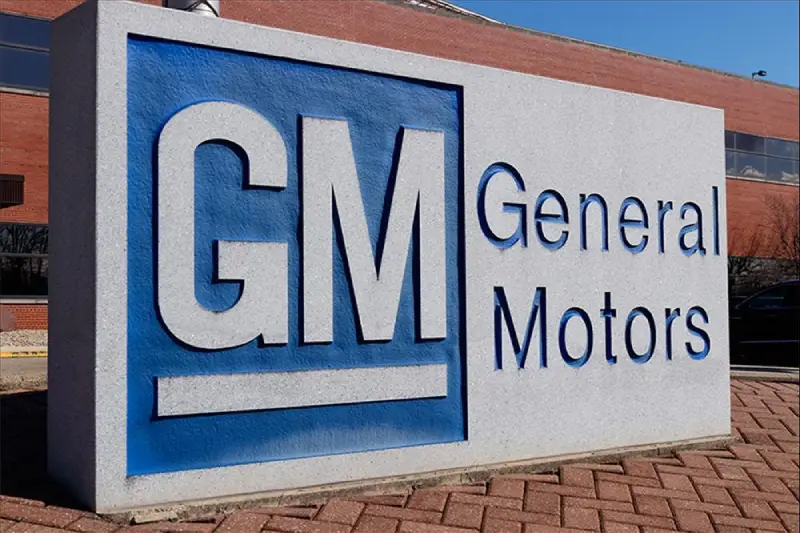
Since its inception in 1908, General Motors was once America’s symbol of automotive greatness. Some of its famous portfolios included GMC, Cadillac, Buick, and Chevrolet. In the 2000s, GM faced challenges, including changes in customer preferences, fluctuating fuel prices, and the devastating effects of the 2008 universal financial crisis.
The company’s overreliance on trucks and SUVs, with high pension and labor costs, pushed it into a financial crisis. After wooing investors in 2009 with no luck, General Motors filed for Chapter 11 bankruptcy. The crisis shook the American corporate industry, forcing the government to provide $50 billion in aid through the Troubled Asset Relief Program (TARP).
According to reports, the U.S. treasury spent $39.7 billion to stabilize GM’s operations. The bailout prevented the eventual collapse of the automotive industry, with a profound impact on the global economy, particularly in regions with a robust locomotive industry.
Toys “R” Us (2017)

Toys “R” Us was a prominent toy and video games company with outlets globally since its launch in 1948, whose downfall case ranks it top in corporate downfall stories. The company faced high competition from brick-and-mortar and eCommerce shops, which offered the same quality products at a cheaper price.
Moreover, Toys “R” Us leveraged a buyout in 2005, overburdening its already stagnated operations. Although it tried to restructure and seek an investor, the firm could not navigate the already saturated toy market, forcing it to file for bankruptcy in 2017.
The move had devastating effects on its employees across the United States, with 30,000 losing their jobs. Nonetheless, Toys “R” Us still has some of its outlets open under new management in hopes of reviving its lost glory.
Blockbuster (2010)
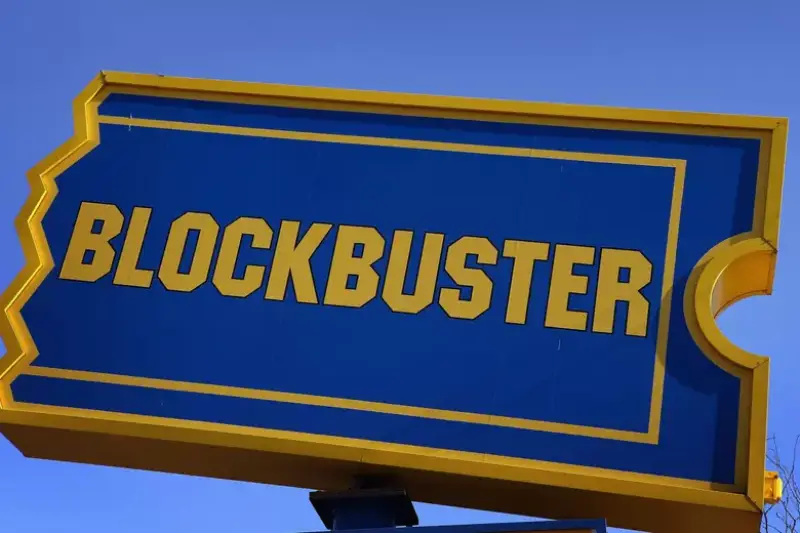
At its prime, Blockbuster was an acknowledged company in the video rental industry with more than 9000 stores globally and in the U.S. The crisis began with the prominence of digital streaming sites, like Netflix and Apple Prime Video, which embraced disruptive innovation.
Moreover, Blockbuster’s slow adoption of new streaming models, such as mail-order DVD rentals and charges, became unpopular among users seeking affordability and better services. This slow & steady digital disruption pushed the company to file for insolvency in 2010.
Although some of its shops are still in operation, its name is no longer relevant in the entertainment landscape. However, Blockbuster is rumored to set up shop again in the United States, which follows much introspection on the unrelenting demand for physical media.
Sears (2018)
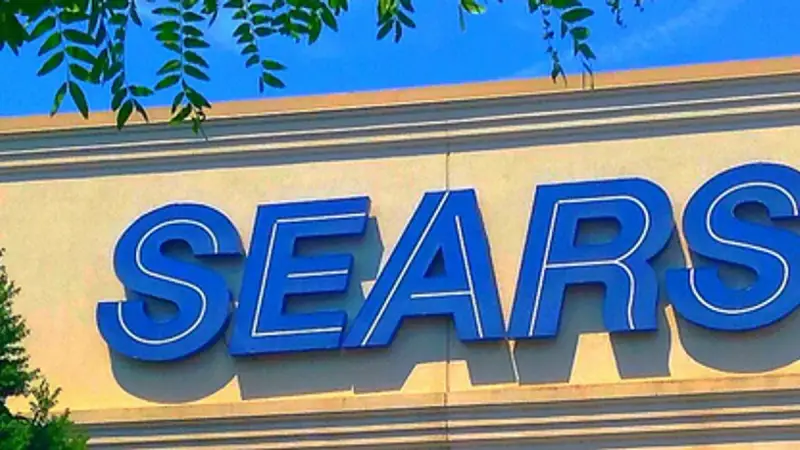
Sears pioneered the American retail business with its mail-order catalog and store retailing. Established in the 1890s, it experienced worldwide adoption with its exemplary products and business strategies.
Sears’s decline started with the rise of competitive retailers like Target, Walmart, and Amazon. In the years that followed, the firm’s management failed to push for better strategies in its stores, which caused consumers to seek better retailing options. After struggling with poor revenue, minimal profits, and a controversial merger with Kmart, it announced bankruptcy in 2018, laying off employees and closing most of its stores in the U.S.
The Kmart merger was to prevent a total collapse, but instead, it made sales worse than competitors in the United States and globally. However, in 2020, the merger – Smears Holdings – which runs Sears Domestic stores, and Kmart global retail revenue amounted to $3.26 billion. This data denotes the company’s eventual and progressive financial success despite its struggles.
Kodak
Eastman Kodak is one of the most noteworthy business bankruptcy cases of the 21st century. The company rose to fame in the 20th century with its camera and film technology. Kodak’s dominance gave it a monopoly in the film industry.
The fall of Kodak began with its unwillingness to embrace digital photography despite having the resources to do so. In 1975, when the digital revolution began, it invented the first digital camera to prevent possible business shutdowns. However, when smartphones became easily accessible, Kodak’s market shrunk rapidly.
Furthermore, the company’s management opted to shield its film business rather than embrace digitalization. Due to this, its competitors, including Nikon, Canon, and smartphone manufacturers, dominated the market, as they understood shifting market and client demands.
Eastman Kodak filed for bankruptcy in 2012, offering businesses printing and imaging technology services. In the financial year of 2022, its revenue was approximately $26 million – highlighting that the once-glorified company has no grip on the photography market.
Circuit City (2008)
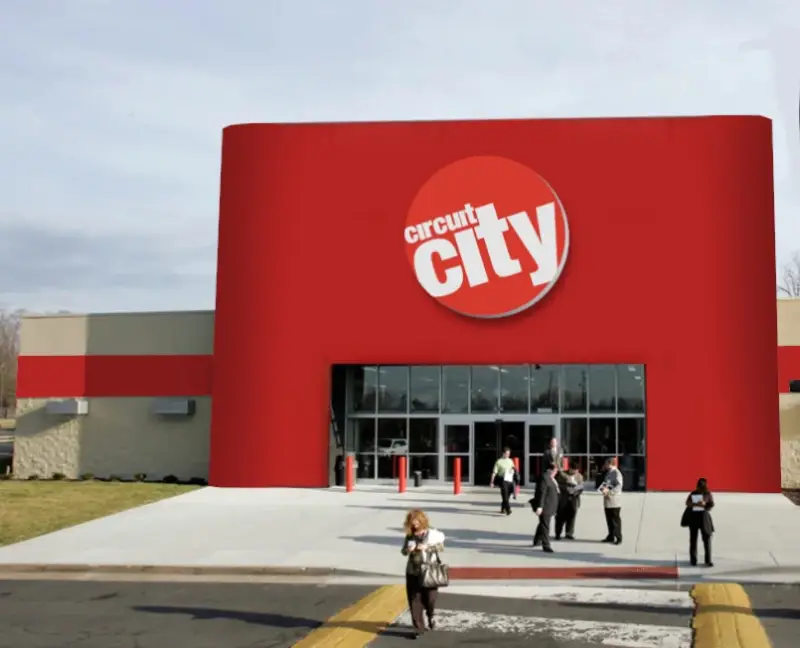
Circuit City is an electronic retail company founded in 1949. In its prime, it competed with other retailers, such as Best Buy, which also offered electronic products. Circuit’s downfall started with its poor management plans and slow adoption to shifting consumer preferences. In the mid-2000s, it purged its most valuable employees, a move that frustrated clients who cherished expert advice.
Circuit City lacked a robust online presence and failed to improve the state of its dilapidated stores, which competitors took advantage of to build a loyal client base. In 2008, it filed for bankruptcy because it could not pay its suppliers, and by 2009, it had liquidated all its stores. This caused it to lay off between 500-800 corporate employees to boost profits and reduce costs.
Pan Am
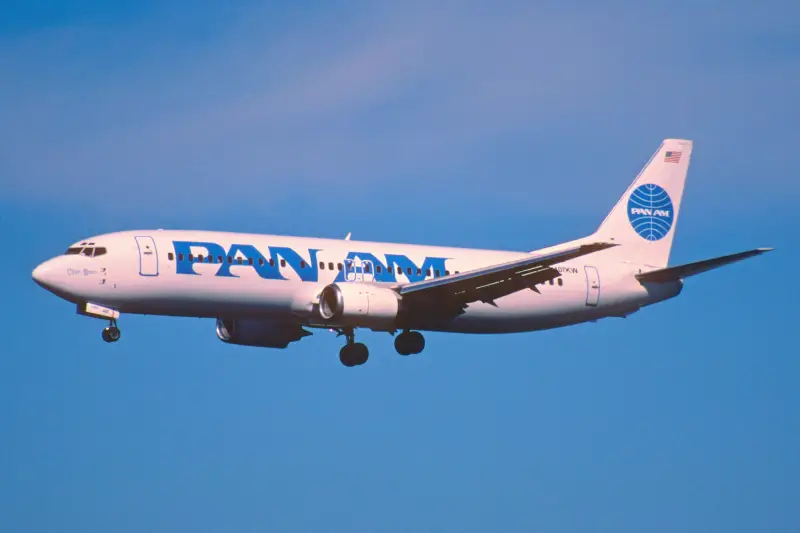
Pan Am, once a renowned international airline, was founded in 1927. The company presented luxurious flights, expansive routes, and innovative jets, serving consumer’s need for better services. Its decline was piloted by multiple factors, with the major one being the introduction of stringent laws on the airline industry in 1978, leading to fare wars and unfair competition.
Additionally, in 1977, one of its planes collided with KLM at the Tenerife North Airport, causing 583 fatalities, making it the most fatal plane crash. The crash resulted in financial losses and a damaged reputation over safety concerns. Although the airline sold its assets and downsized its labor to stay in business, it could not recover and filed for insolvency in 1991.
Radioshack (2015)
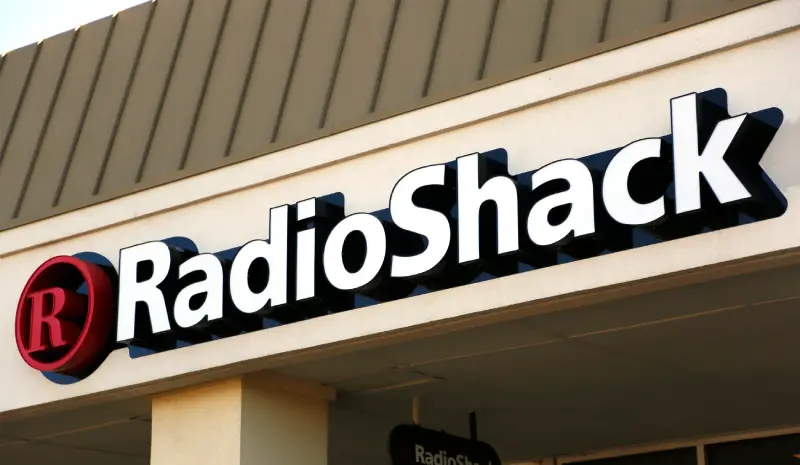
RadioShack’s insolvency made it one of the most famous business bankruptcies. Founded around 1921 in Boston, Massachusetts, the company sold consumer electronics such as cables, batteries, and radios. Its substantial fanbase consisted of DIYers and hobbyists who regarded its proficient staff and specialized products.
The crisis started when it failed to embrace shifting consumer preferences and the budding eCommerce market. As digitization became rife, big-box stores offered the market a broader selection of products at an affordable price. Some companies that pushed it out of business include Amazon, Best Buy, and Walmart – which offered unmatched convenience.
After facing stagnation and significant losses, RadioShack tried to improve its services and online presence to woo clients, but to no avail. Further, this caused it to file for bankruptcy in 2015 and shut down over 1700 stores. RadioShack’s closure caused a shift in the electronics retailer’s industry since more consumers adopted online spaces for tech products.
JCPenney (2020)
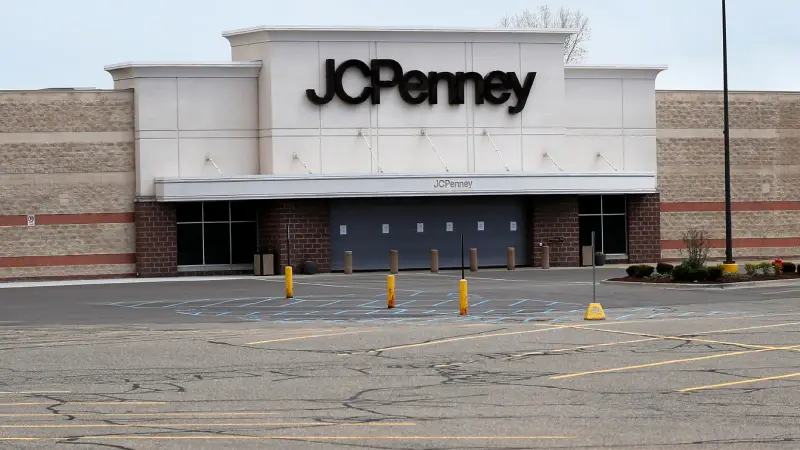
JCPenney is an iconic departmental store that accumulated a large following due to its product variety, including appliances, apparel, and home goods. The company’s woes started long before it filed for bankruptcy in 2020.
Some factors that led to the insolvency included the influx of online retailers and fast fashion companies like Amazon and Zara, respectively. Other causes include the decline of brick-and-mortar stores in malls and shifting toward high-end products.
JCPenney sought loans to pay suppliers and employees when sales and revenue were reduced, further burdening its operations, as most of the profits and revenue went towards repaying the debts. When COVID-19 struck, financial constraints forced the company to announce bankruptcy in 2020.
Many JCPenney outlets in malls closed shops across different states, affecting thousands of employees. However, Brookfield Asset Management and Simon Property Group bought it out of bankruptcy and reopened some outlets. As of 2022, JCPenney’s estimated global revenue was $11.62 billion – reflecting its ongoing efforts to embrace positive retail disruption.
Pier 1 Imports
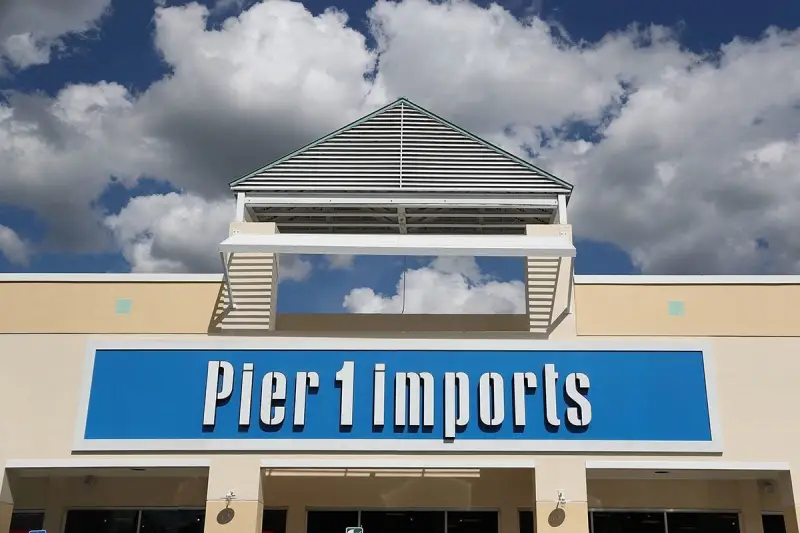
Pier 1 Imports is an online retail store specializing in décor, gifts, and home furnishing merchandise. The enterprise had an assortment of goods, which made it a popular option among shoppers looking for unique home products. The enterprise’s crisis began when other online retailers and brick-and-mortar stores like Amazon and Target offered the same products at a cheaper price.
Moreover, increased competition from newer brands like Overstock.com and Wayfair stole Pier 1’s audience. Poor financial decisions, an inconsistent online presence, and the COVID-19 pandemic reduced its sales by 13.5%, forcing the enterprise to file for bankruptcy in 2020.
By the time the economy was shutting down due to the pandemic, it had shut down all its stores. Later, Pier 1 Imports sold all its intellectual property and brand to Retail eCommerce Ventures, which rebranded Pier 1 as an online-only shop.
Hertz (2020)

Hertz was founded in 1918 when many companies and individuals were yet to explore the car rental industry. Hertz services offered rental cars to airports and businesses globally. The company decline is a prevalent case of corporate downfall stories, partly due to the COVID-19 pandemic, which enfeebled the travel sector.
The pandemic caused a global economic shutdown, including air travel, which caused its collapse. Before the pandemic struck, Hertz had faced substantial setbacks, including renewed competition from taxi companies and high debt.
Most of its fleet had been procured on debt, which became a liability when consumer behavior changed. In 2020, Hertz announced its insolvency with assets worth more than $67 billion, but by 2021, it had already restructured its debt, changed ownership, and improved its business model. Since then, the company has adjusted its digital strategy to adopt the fluctuating consumer preferences.
Neiman Marcus (2020)
Neiman Marcus is a store chain company famous for its luxury home products, accessories, and clothing. The brand became well-known in the supply chain industry for its chic premium goods and services.
Although Neiman sustained its prominent status till its insolvency, it struggled with a $5 billion loan after its management changed to a private firm in a buyout. The loan impeded its ability to embrace digital disruption in retail.
Despite Marcus’ robust online presence and firm customer-centric strategies, its financial woes and the economic fallout due to the COVID-19 pandemic led to its bankruptcy in 2020. In late 2020, the enterprise reduced its debt and surfaced from insolvency, focusing on providing its client base luxury products through its eCommerce store.
Chrysler (2009)
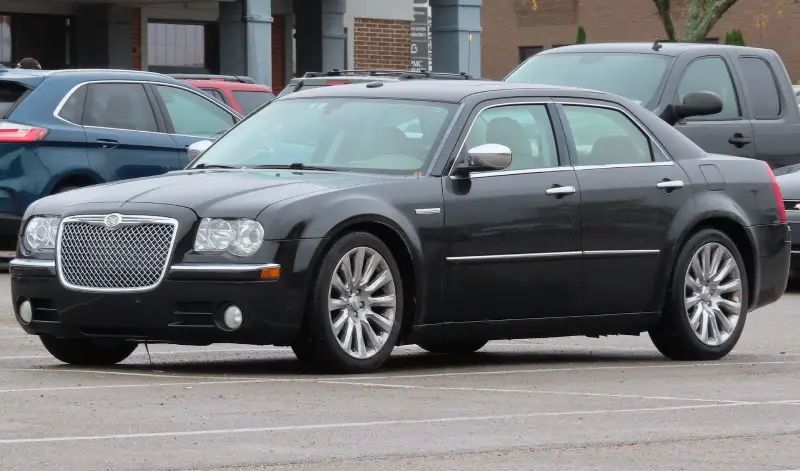
Chrysler experienced immense success since its inception in 1925 due to its assortment of vehicles, from trucks to sedans. The company’s financial issues started way back with the entry of competitors like Honda and Toyota but intensified with the great recession of 2008, which affected the automotive industry.
Consumer preferences shifted to fuel-efficient and reliable vehicles that support sustainability. Further, this affected the company’s large SUV sales, which experienced high sales. Having exceeded its debt ceiling, poor supplier relations, and a flopped market share, Fiat bought out Chrysler and became a prominent shareholder.
Under the new management, the firm adopted better strategies and improved the quality of its fleet. Moreover, the merger birthed Stellantis, a universal car maker for Peugeot, Chrysler, Jeep, and Fiat.
Business Bankruptcy Lessons
Filing for bankruptcy is a challenging step for firms. However, it offers beneficial lessons for individuals and organizations to create better strategies and embrace innovation. Below are major take-homes from the corporate insolvency trends highlighted above:
Cash Flow Management Is Crucial
A seamless cash flow is pivotal to the success of an establishment. Although profits are crucial, many companies flop due to hampered cash flow. An organization suffering from cash flow issues cannot meet supplier or employee demands, hence the need to file for bankruptcy.
What To Do?
Forecast your cashflow to understand how much you need to run operations smoothly. Moreover, doing this will brief you on the corrective measures to take.
- Keep a liquid fund reserve for fluctuating seasons and emergencies.
- Ensure your clients service your invoice on time and have a system to process overdue invoices.
- Do not leverage
- Do not lock up your funds in long-term investment.
Keep Debt Under Control
Debt is a disingenuous sword. Although borrowing drives growth and increases earnings, too much may plunge a company into a financial crisis, increasing financial risk. Meager profits make it hard to pay debts, which may push companies to bankruptcy.
What To Do?
- Strike a balance between owner’s equity and borrowed funds to prevent potential risks.
- Borrow only when necessary so that your inflow matches your debt.
- You can renegotiate your loan repayment terms to secure favorable interest rates.
- Most loans have terms and conditions that should not be breached. Therefore, ensure you comprehend and comply with these conditions.
Adaptability Is Key
Companies that do not embrace market shifts or changing consumer preferences often experience reduced sales. Market dynamics change over time, and not adjusting to demands may lead to eventual failure.
What To Do?
- Monitor changes in consumer and competitor preferences.
- Be ready to adjust your strategies when needed.
- Create a feedback loop to gather insights on how clients perceive your products.
Diversify Revenue Streams
Many organizations rely on one product to stay in the market, exposing them to possible ousting. If the clients fail to purchase the product, the revenue stream dries up, leading to an eventual collapse.
What To Do?
- Find opportunities that boost the quantity of your products and services.
- Explore new audiences beyond geographic and regional borders.
- Create strategic partnerships with companies that could improve your income pool.
Proper Financial Reporting
Accurate financial reporting helps firms make sober decisions. Poor financial reporting leads to abuse of funds, which may amplify cash flow issues.
What To Do?
- Implement robust accounting practices to trail all transactions.
- Conduct regular audits to pinpoint financial inconsistencies before they materialize into serious issues.
- Monitor key financial metrics such as profitability, gross margins, and operating expenses.
Plan For Economic Downturns
The economy is subject to shifts due to demand, supply, and consumer habits. Therefore, companies must cushion themselves against the devastating effects of these events to prevent possible crises.
What To Do?
- Build a financial cushion by liquidating some assets and investing in an emergency fund.
- Diversify revenue streams and investments to prevent overreliance on one product.
- Keep a lean operation strategy and save for a harsh market day.
Focus On Core Strengths
Many businesses overstretch their funds by investing in multiple niches at once. Investing in new and unplanned industries may affect cash flow and eventual resource depletion.
What To Do?
- Identify and focus on your core strength and leverage it.
- Resist over expanding to areas you have not researched on.
- Streamline operations to boost cash flow.
How Can Business Owners Avoid Costly Mistakes?
The 15 most noteworthy business bankruptcies offer instrumental lessons for organizations and individuals on the perils of mismanaging cash flow, excessive debt, and failing to embrace innovative disruptions. Although the reasons that corporations file for insolvency are different, the aftermath highlights the importance of strategic foresight, financial discipline, and adapting to market disruption. Avoiding these pitfalls may help business owners navigate the intricacies of the business landscape.
Whether you are a business owner, entrepreneur, or a researcher seeking to learn why and how prominent firms collapse, it is imperative to comprehend these mistakes to ensure long-term stability.

